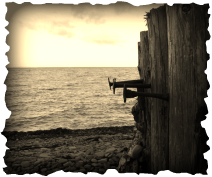
Ms Crockofshit and I, desirous of a change of scenery today found ourselves at Porlock weir. A small settlement of cottages some of them very old, including the Gibraltar Cottages which date from the 17th century, have grown up around the harbour. The port has existed for more than 1,000 years and in 1052, Harold Goodwinson arrived from Ireland with nine ships to plunder the area, even earlier than that, in 86 AD it was visited by the Danes. Plenty of history here then.
Despite the obvious charms of this delightful place, we elected to take a stroll through Yearnor woods to Culbone, well known in these parts as having been a centre for Pagan worship. We took the coast path through towering tree clad hills following paths trod by one of our greatest poets, and my personal favourite, Samuel Taylor Coleridge, who stayed near here at Ash Farm, he reputedly penned Kubla Khan here.
Despite the obvious charms of this delightful place, we elected to take a stroll through Yearnor woods to Culbone, well known in these parts as having been a centre for Pagan worship. We took the coast path through towering tree clad hills following paths trod by one of our greatest poets, and my personal favourite, Samuel Taylor Coleridge, who stayed near here at Ash Farm, he reputedly penned Kubla Khan here.
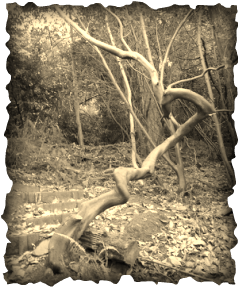
Along this path we happened upon a most unusual tree, It seemed unnaturally contorted and the wood so hard as to appear fossilised, upon closer inspection and careful contemplation, I came to the conclusion that this violently twisted ‘tree’ is in fact the petrified remains of an ancient Basilisk who once inhabited this area. The creature had fallen foul of a local Witch, who had tracked it to its lair in the woods, they had fought fiercely and as the Basilisk had uncoiled to its full height in readiness to strike, the Witch had petrified it and rooted it to the spot, where it has remained for centuries.
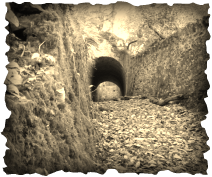
We continued our amble along the path noting in the hillside above, the ruins of Lady Lovelace’s ostentatious fairy tale mansion, it was Lady Lovelace, Lord Byron’s daughter, who brought a team of Swiss engineers to Worthy, as this area is known, to construct tunnels in the hillside. These tunnels, known locally as the fairy tunnels allowed traders to come and go as the lady made her way in obscuration to her private beach below.
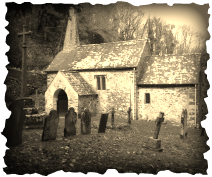
Finally, we began to descend into the combe within which nestles the scant settlement of Culbone and its tiny church, St Bueno’s, the smallest parish church in England which dates back to the Saxon period, the font is almost certainly Saxon. There is a leper’s squint set into the north wall, a remnant of the 16th century when there was a leper colony in the woods nearby. There is a small graveyard and most of the dead here seem to be at peace.
However, as is to be expected from a settlement of this great age, there are some who do not rest so easy. Most notably, a man named Thomas, who in life had been chaplain of Culbone. In 1280 Thomas had murdered Albert of Esshe with a single vicious blow to the head with a hatchet. Both the chaplain and his victim linger here in an eternal circle of hatred for one another, the cause of which neither can remember. The area is also haunted by several Celtic monks, left behind from those that settled here sometime in the 5th century, these fellows seem to be reasonably peaceable. Surprisingly there appear to be no lingering lepers from the colony that existed here from 1544 for seventy eight years, who have all moved on, no doubt relieved to be removed from this place where their lives must have been quite unbearable.
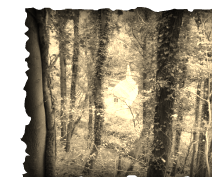
This area has been used for some dubious purposes, from 1385, during the time it was known as Kitnor, this isolated place was used for the purposes of banishment, where unfortunate souls were sent for crimes ranging from theft to adultery, attracting sentences from a few months to five and a half years. Only men were sentenced to this lonely punishment, they were not permitted to bring anything other than the clothes on their backs and were expected to live by their wits, fashioning their own shelters and growing their own food. The men were visited occasionally by an official to ensure they had not escaped and were forced to attend the monthly service in the church, this being their only contact with the outside world. Some of the men went mad or committed suicide. Finally, in 1478 the area ceased to be a dumping ground for such ‘undesirables,’ however you may take my word that some of these poor, sad men still remain, locked in a never ending spiral of despair.
Perhaps the most shameful episode in the history of this place is the forced labour of a group of East Indians who were used as servants by the British in India and brought back to England. When no longer required as servants, thirty eight of them were sent to Culbone as charcoal burners, they survived as best they could, with almost no English, exchanging the charcoal they made for simple things such as tea and sugar. They lived this way for twenty one years until they were finally released from their bondage, only twenty three of them survived to see freedom, and none of the survivors managed to return to India, dispersing into a hostile society throughout England. The fifteen men who did not make it remain to this day, understandably embittered and longing for their homeland.

Culbone is a picturesque settlement in a beautiful combe with views of the sea, a truly peaceful secluded spot and well worth the two mile walk from Porlock Weir, on a dazzling clear day it truly is idyllic, but for some it has not always been so.
By all means enjoy the splendid natural beauty that surrounds you here, appreciate the wonderful walks, but remember what lurks beneath and behind what your eyes can see, and tread these paths with respect for those who came before.
By all means enjoy the splendid natural beauty that surrounds you here, appreciate the wonderful walks, but remember what lurks beneath and behind what your eyes can see, and tread these paths with respect for those who came before.
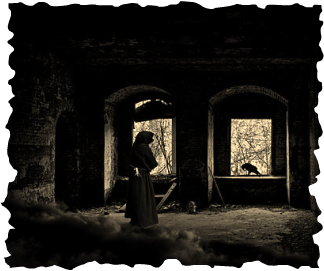
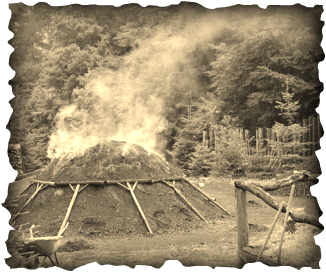
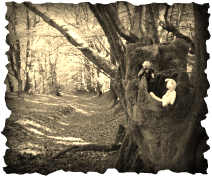
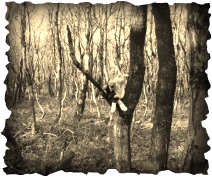
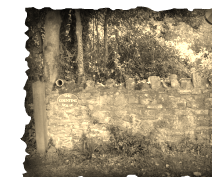
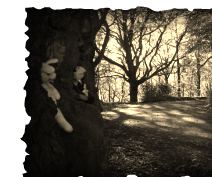


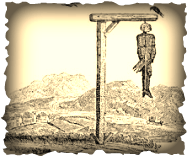
 RSS Feed
RSS Feed